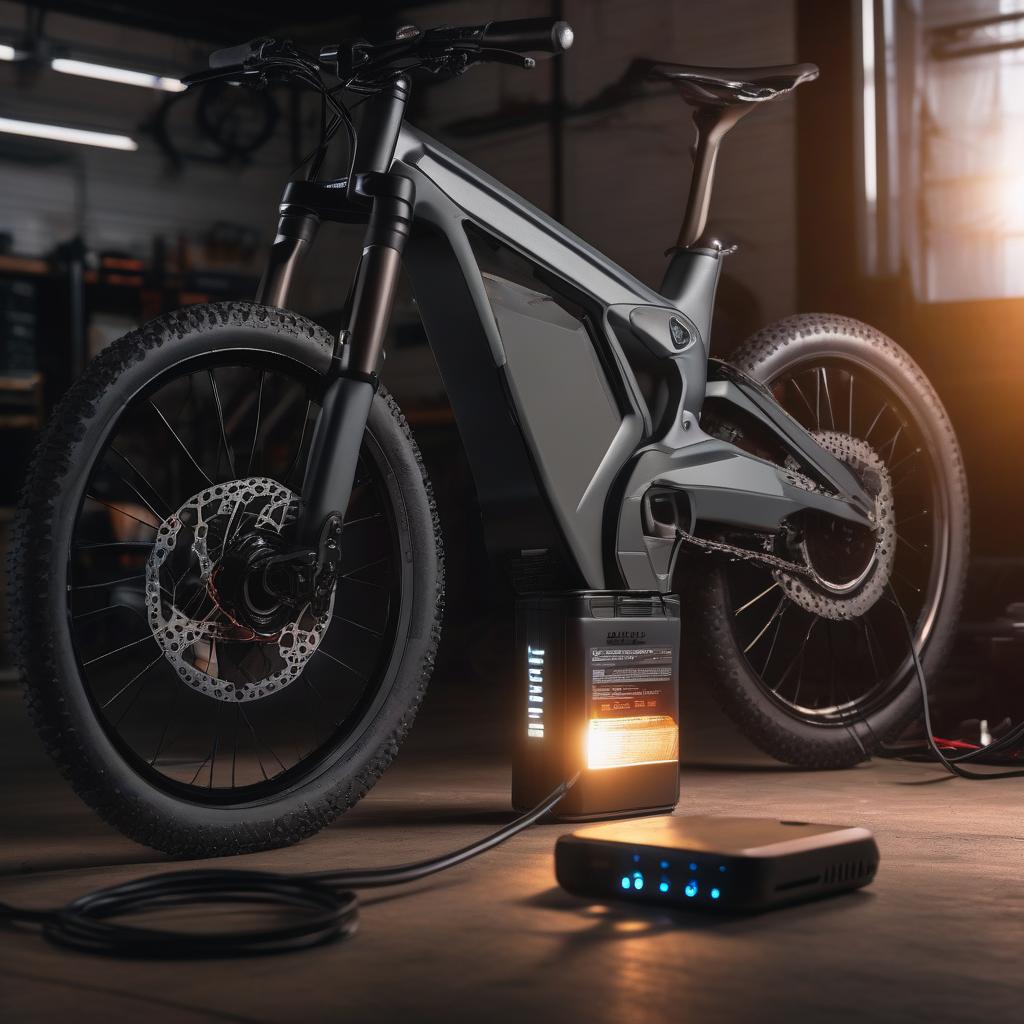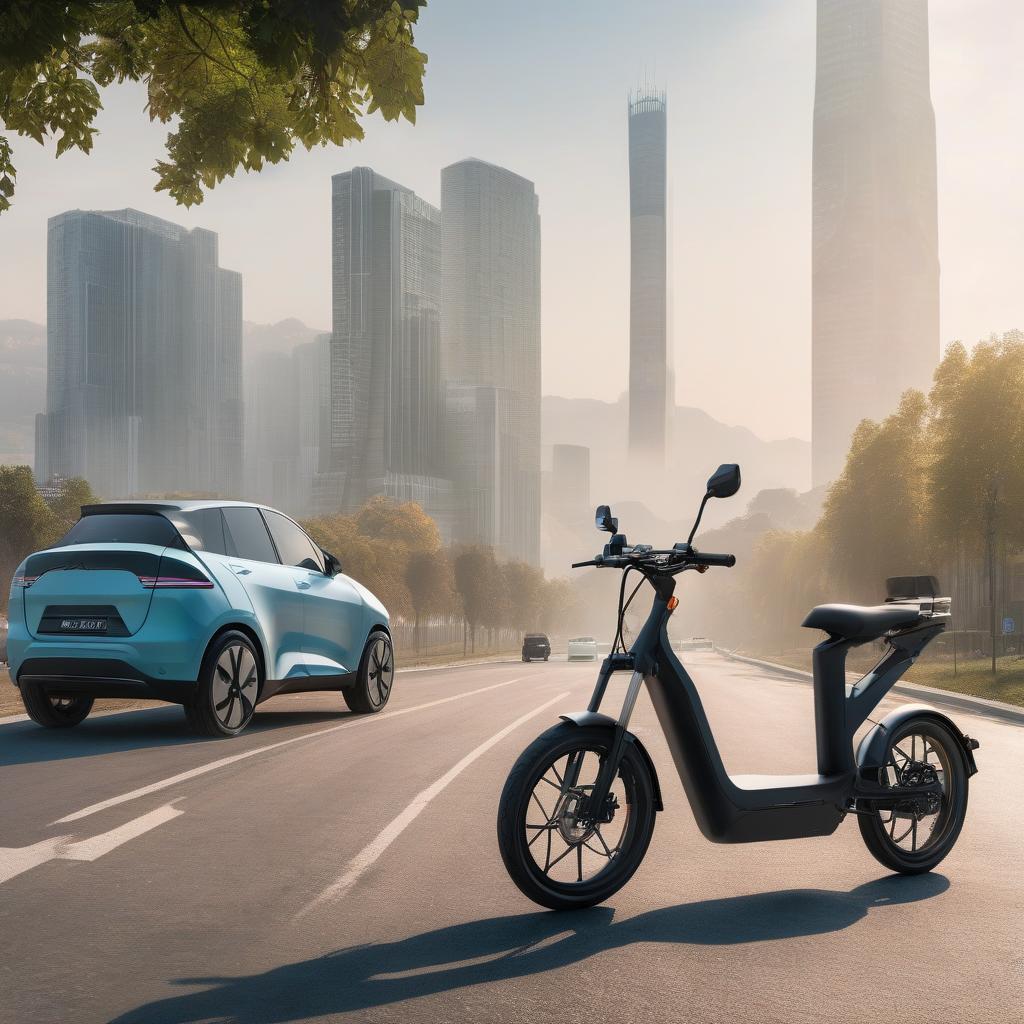Introduction
Riding an e-bike in the winter can be a unique and exhilarating experience. However, it also presents challenges such as colder temperatures, icy roads, and reduced daylight. With the proper precautions and adjustments, your e-bike adventures can continue throughout the winter months. In this comprehensive blog post, we will provide essential tips and advice for safely and comfortably riding your e-bike during winter.
Understanding Winter E-Biking
In recent years, e-bikes have become a popular alternative to traditional bicycles, providing assistance that makes commuting and recreational riding more accessible. This convenience doesn’t have to stop when the temperature drops. With preparation and the right mindset, winter e-biking can be just as enjoyable and rewarding as riding in any other season.
1. Preparing Your E-Bike for Winter
To ensure your e-bike is winter-ready, consider the following maintenance tips:
- Tire Choice and Pressure: Invest in winter-specific tires that offer greater traction on snow and ice. Look for wider, studded tires if you expect significant ice on your routes. Lower the tire pressure slightly to increase the contact area with the ground, improving grip.
- Battery Care: Cold temperatures can affect battery performance. Before rides, ensure your battery is fully charged and keep it warm when the bike is not in use, such as storing it indoors. Consider using a protective battery cover for additional insulation.
- Regular Maintenance: Clean your e-bike regularly to remove road salt and debris that can cause corrosion. Lubricate the chain more frequently as the cold weather can wash away lubricants faster.
2. Dressing for Winter Riding
Staying warm and dry is crucial for an enjoyable winter ride. Here’s how to dress effectively:
- Layering: Wear moisture-wicking base layers to keep sweat away from your body, insulating mid-layers for warmth, and a weatherproof outer layer to protect against wind and precipitation.
- Extremity Protection: Use insulated gloves, thermal socks, and waterproof footwear to protect your hands and feet. Consider a thermal helmet liner or a balaclava to keep your head and face warm.
- Visibility Gear: With shorter daylight hours, enhance your visibility to others by wearing reflective clothing or attaching reflective materials to your jacket and bike.
3. Riding Techniques for Safety
Adapting your riding technique is essential for safety in winter conditions:
- Slow Down: Reduced traction on wet or icy roads requires a slower pace. Allow extra time for commuting and adjust your speeds to accommodate road conditions.
- Braking: Use your brakes gently and gradually to avoid skidding. Focus on applying more rear brake to prevent the front wheel from slipping.
- Anticipate Hazards: Scan the road ahead for patches of ice, piles of snow, or slushy puddles. Plan your route to avoid known trouble spots and consider secondary roads that may be less busy.
4. Enhancing Bike Visibility
With winter’s short, often dreary days, visibility is critical:
- Lighting: Equip your e-bike with powerful front and rear lights. Consider additional lights on your helmet or backpack.
- Reflective Accessories: Apart from wearing reflective gear, add reflective tape to your bike frame and wheels.
5. Planning Your Winter Routes
Route planning is particularly important in winter:
- Choose Well-Traveled Paths: Select routes that are maintained and plowed regularly, if possible. These roads are usually less icy and safer for biking.
- Avoiding Slippery Areas: Be cautious near shaded areas, bridges, and overpasses, as they can freeze faster and stay icy longer.
- Stay Informed: Check weather conditions before heading out and be prepared to alter your plans if necessary.
6. Understanding the Benefits of Winter E-Biking
Riding an e-bike in winter offers substantial benefits:
- Continued Fitness: Maintaining an active routine during the colder months helps to keep your fitness levels up and supports overall well-being.
- Mental Health Boost: Outdoor activities, including cycling, are known to reduce stress and improve mental health, which can be particularly beneficial during the dark winter months.
- Sustainability: By riding your e-bike instead of relying on cars or public transport, you continue to reduce your carbon footprint all year round.
Conclusion
Riding your e-bike during winter can be a rewarding experience with the right preparation and mindset. By focusing on safety measures, adapting your equipment, and adjusting your riding technique, you can enjoy the beauty and tranquillity of winter landscapes while keeping fit and promoting sustainable commuting. Embrace the cold, prepare your e-bike, and discover the joys of winter cycling. Whether you’re commuting or enjoying a leisurely ride, e-biking through the colder months provides unique challenges and incomparable rewards.


